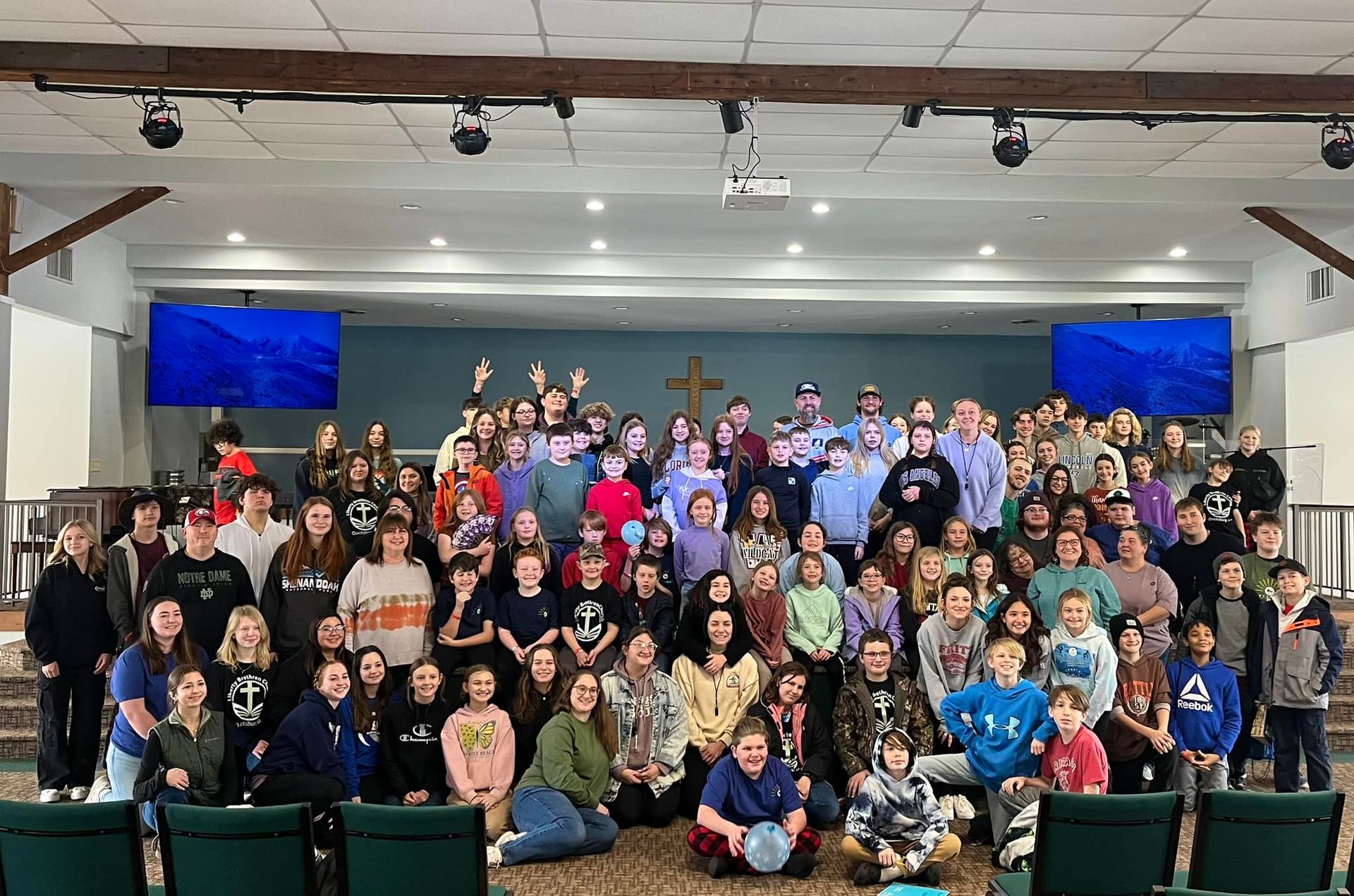The Localized Church
This post originally appeared on dustinjameswhite.com. Read the original article here
As I have noted before, I grew up with a lot of animals.
My dad collected everything from bizarre reptiles to unmentionable creepy crawlies. Yet, some of the first creatures curated in the zoo that was our living room were exotic fish. Bright in vibrant colors, I was completely spellbound by another world contained within the boundaries of plexiglass and silicone in our small apartment.
Around the same time, my dad had made it his life’s mission to toughen me up. Four-years-old was just too old to be cuddling with stuffed animals in bed—and so, My Pet Monster, Teddy Ruxpin, and the entire ensemble of The Land Before Time plush characters that adorned my bed were taken away at bedtime (how’s that for an 80’s throwback!?). This posed the most troubling of problems. What was I to do in the middle of the night when I got scared? What would I cuddle with as I drifted to sleep? If Little Foot, Petrie, or Ducky weren’t there to comfort me, who would be?
Then it hit me.
Who needs a stuffed animal when my dad has a living room full of real ones?
So—I quietly left the confines of my bedroom, tip-toed into the living room, and approached the fish tank. I assessed the tank taking stock of which fish would be best suited to embrace throughout the night. After making an appropriate selection, I shimmied up the large podium that supported the fish tank, grabbed a net, and scooped out my new friend before scurrying back to bed to cuddle.
The next evening, I repeated the same thing.
In fact, night after night, I would fish out new creatures to bring to bed with me. Eventually, my dad began to notice that the fish population was looking a bit sparse. His early deduction was that predation was occurring within the tank.
But then came the smell.
My dad sniffed out the stench of decay that was wafting from my bedroom. He threw off my bedsheets to find my cuddle cemetery. Horrified at the number of shriveled fish corpses that littered my bed, my dad emphatically told me “Buddy, you can’t do this. You can’t take the fish out of the tank—they need to be in the water.”
Sadly, I didn’t learn that quickly and “How many times have I told you, ‘you can’t cuddle them!’” was a frequent scolding I heard from my dad. Not surprisingly, this scolding from my dad stuck with me for my entire life—mostly due to the frequency that I heard it. However, it has also taught me a lot about how the church is to engage with our world.
Many—if not most—of the churches that dot the American landscape could be identified as destination-based churches. That is, the majority of the church body does not live in proximity to the actual community that the worship gatherings and activities are hosted within. Affinity is the magnet that draws members to its grounds. Enthusiastic worship, engaging preaching, and a vibrant children’s ministry form proverbial boxes that are checked off—even subconsciously—that entice people to call a particular congregation “home.” If enough boxes are checked off, people will venture out of their own community and drive great distances, even past other churches, in order to worship at the church that they have an affinity with.
Interestingly, the rise of this phenomenon coincided with the advent of suburbia, whereby the automobile permitted consumers to bypass their own neighborhoods replete with mom and pop grocers, hardware stores, and coffee shops, to shop at one-stop big box retailers.
Affinity is like the net in the hands of a child bound and determined to scoop fish from their environment.
Affinity can even inform the mission of a congregation. We feel drawn to address sex trafficking, homelessness, or elderly care. Each of these is honorable and great areas that God does call His church to be His witness to. However, I cannot help but wonder if we miss the missional opportunities that are right under our noses in search of those that are far from our own community.
Does our impulse toward affinity detach us from the very places we reside?
Yes.
Am I suggesting that it is wrong to worship at a church that is not in your neighborhood? Of course not! Many of the most Christ-like leaders that our church has do not live in close proximity to our church. They are a God-send to our community and ministry. And having such a concentrated focus on a specific place that is not their own is a constant tension we as a church walk through.
What I am suggesting is that the individual propensity to live a life detached from our surroundings manifests itself in damaging ways corporately in local churches. In fact, because we are not placed, the very term “local church” has been neutered.
Local to where? Local to whom?
A local church without locality is like fish with no tank. Removed from their place, they asphyxiate.
Therefore, a shift is needed for the local church to become the localized church. Churches must be rooted in the very communities that they call home. The church must be placed.
What does this look like? I would argue that in a localized church, at least one-third of the body ought to live within a mile of the church. The localized church is not one that touts broad proclamations of “winning their city. Instead, a localized church focuses on a narrow geographic boundary. The localized church ought to seek the welfare of the neighborhood, even if its own needs become secondary. The localized church is one the embodies not the bland white-washed worship that is being proliferated at dizzying rates but instead finds the cultural pulse of its neighborhood. Neighbors ought to see the church as an asset to their community. The church community ought to have credibility within the neighborhood not because it has to program opportunities to win its street cred–but already implicitly has credibility because it is comprised of the neighbors themselves.
The church must refuse the temptation to be scooped from its tank.
The local church must become localized.










